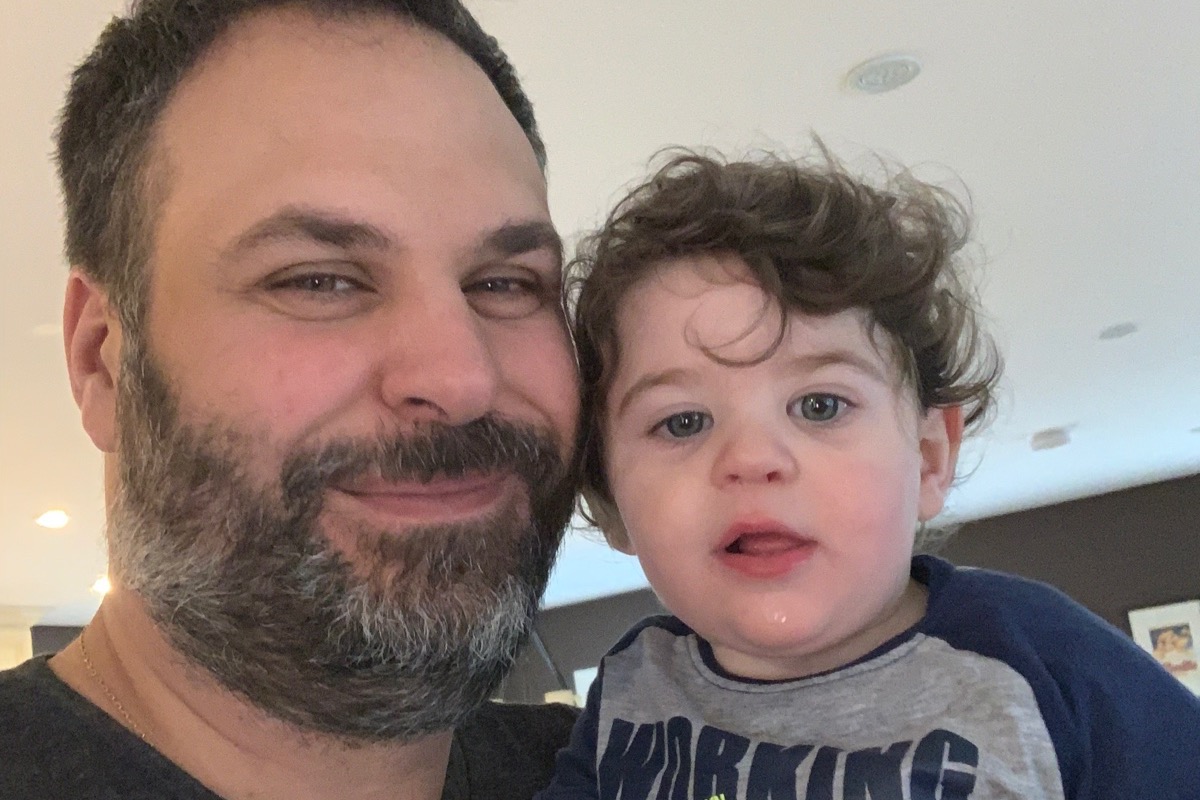Father Created A Drug To Save His Son From A Rare Disease, Now Other Families Are Desperate To Get It

Imagine hearing the words no parent ever wants to hear: “There’s no cure.” For many families facing rare diseases, this sentence becomes a cruel reality, leaving them with little hope and even fewer options. But what if love could drive someone to achieve the impossible? What if one father’s unwavering determination could rewrite the future not just for his child, but for others around the world?
When his young son was diagnosed with a rare, life-threatening condition, one father decided that waiting wasn’t an option. With no treatment available and time slipping away, he took an extraordinary path—transforming himself into an unlikely scientist. What began as a desperate attempt to save his son’s life is now sparking hope for families battling similar odds.
A Father’s Race Against Time
Michael Pirovolakis was born a “normal, healthy birth,” his father recalled in an interview with Fox News Digital. But within six months, Michael’s parents, Georgia and Terry Pirovolakis, began to notice something was wrong. “He just didn’t seem like he was meeting his milestones,” Terry said. Michael wasn’t lifting his head or reaching the developmental markers expected for his age. The concern quickly grew into fear as their baby continued to fall behind.
What followed was an “18-month diagnostic odyssey” that finally ended when a neurologist delivered the crushing news: Michael had spastic paraplegia 50 (SPG50), a rare neurological disorder affecting fewer than 100 people worldwide. The disorder, they were told, would drastically alter Michael’s life. “They told us to just go home and love him — and said he would be paralyzed from the waist down by age 10, and quadriplegic by age 20,” Terry shared. For any parent, such a diagnosis would be devastating, a cruel reminder of how rare diseases often leave families feeling powerless.
Dr. Eve Elizabeth Penney, a specialist who has studied SPG50, explained, “Children with SPG50 may experience early developmental delays, muscle weakness, and spasticity, but they continue to strive and adapt. Over time, these symptoms can worsen, making it hard for affected individuals to walk and perform daily activities.” Although not involved in Michael’s care, Dr. Penney added, “The prognosis varies from person to person, but it’s generally a progressive condition, meaning symptoms can become more severe over time.”
Terry and Georgia refused to accept the grim future laid out before them. They decided to fight for their son, even if it meant stepping into uncharted territory. “We then liquidated our life savings, refinanced our home, and paid a team at the University of Texas Southwestern Medical Center to create a proof of concept to start Michael’s gene therapy,” Terry explained. It was a decision driven by love and fueled by the belief that they could give their son a chance at a life beyond the bleak predictions.
From Father to Scientist: A Journey of Determination
 Image source: Terry Pirovolakis on Facebook
Image source: Terry Pirovolakis on Facebook
The decision to create a drug wasn’t born out of expertise but necessity. This father wasn’t a doctor or a scientist, yet he became both out of sheer willpower. With time slipping away and no pharmaceutical company willing to prioritize a treatment for his son’s rare condition, he dove headfirst into the world of medical research—a world completely foreign to him. What he lacked in formal training, he made up for with an unshakable resolve.
His days became a blur of research and late-night study sessions, poring over scientific journals, consulting experts, and learning the language of chemistry and pharmacology. He sought advice from specialists, joined online communities of parents facing similar challenges, and even reached out to labs willing to share insights. Every step came with roadblocks—technical challenges, financial hurdles, and the constant doubt of whether he was doing the right thing. But in his mind, failure wasn’t an option.
Over time, he made progress. Using his limited resources, he developed a prototype for a drug that could potentially treat his son’s condition. It was an uphill battle at every turn: ensuring safety, testing efficacy, and navigating legal restrictions that often make independent drug development nearly impossible. Yet, his relentless efforts began to bear fruit. This wasn’t just an experiment in medicine—it was an experiment in love, resilience, and the power of a parent’s determination. And it was working. His son was responding.
The father’s journey from novice to innovator became a story of hope and inspiration. What started as a deeply personal mission began to resonate with others, particularly families who shared similar struggles. His work showed that with enough determination, ordinary people could achieve extraordinary things. But his fight wasn’t just for his son—it was becoming a beacon for others desperately seeking a lifeline in their own battles against rare diseases.
Loading...






